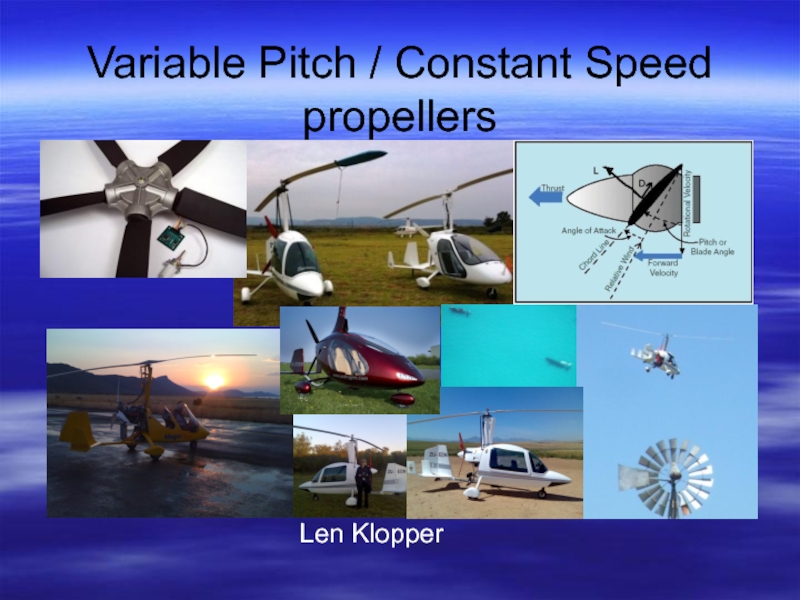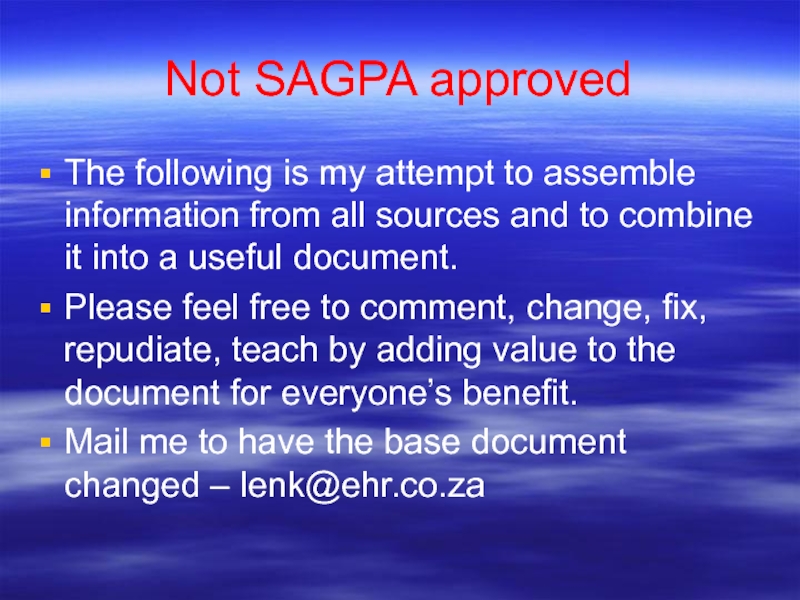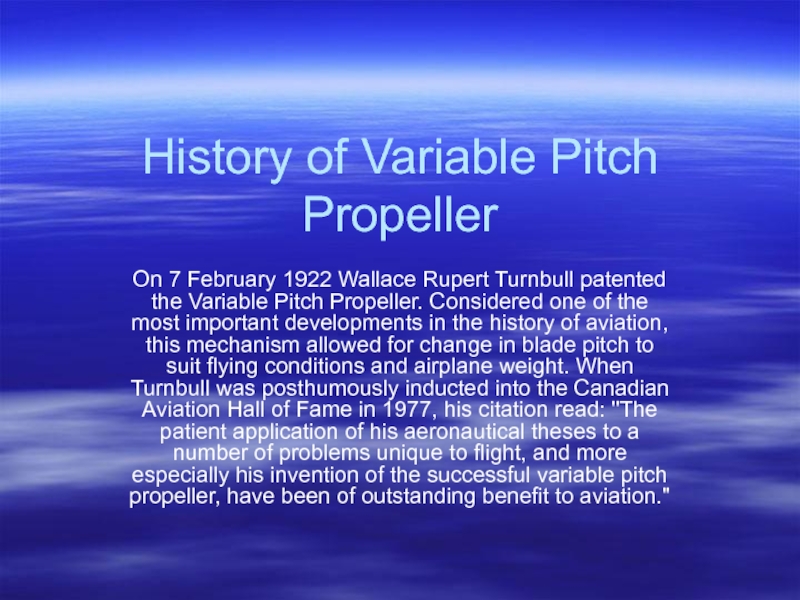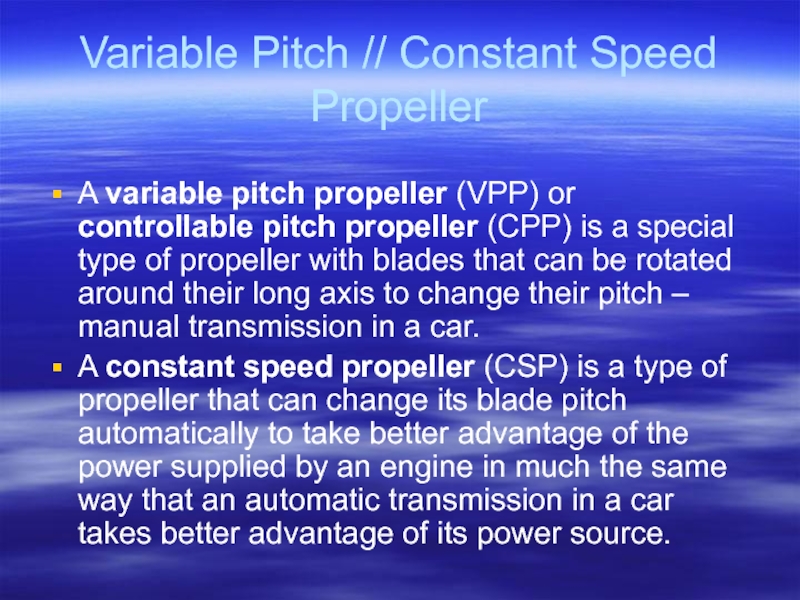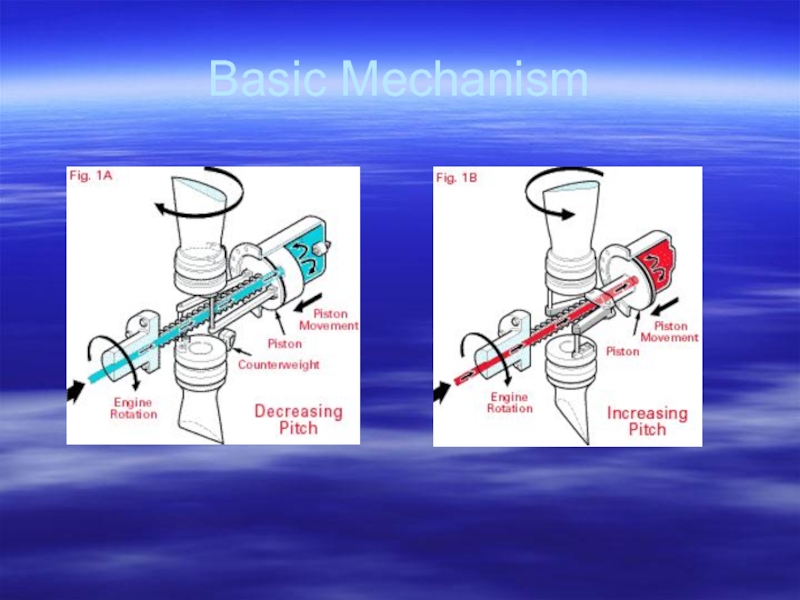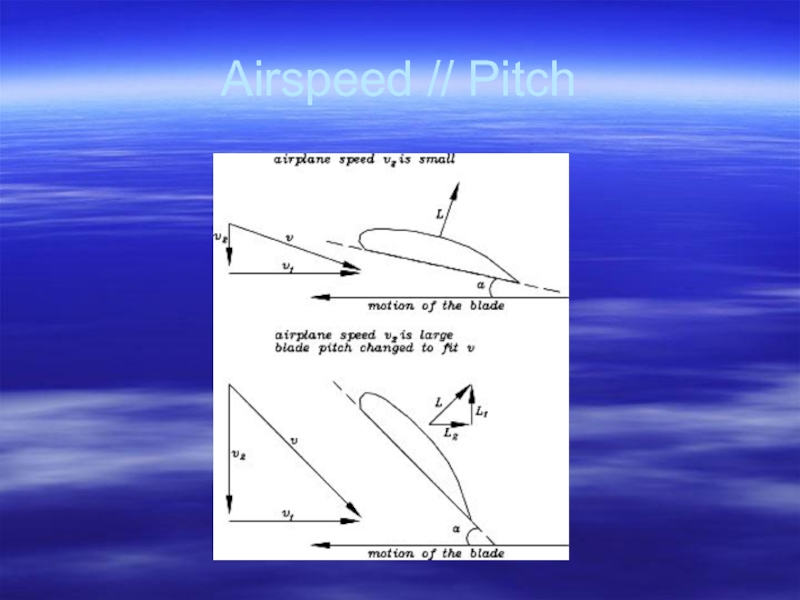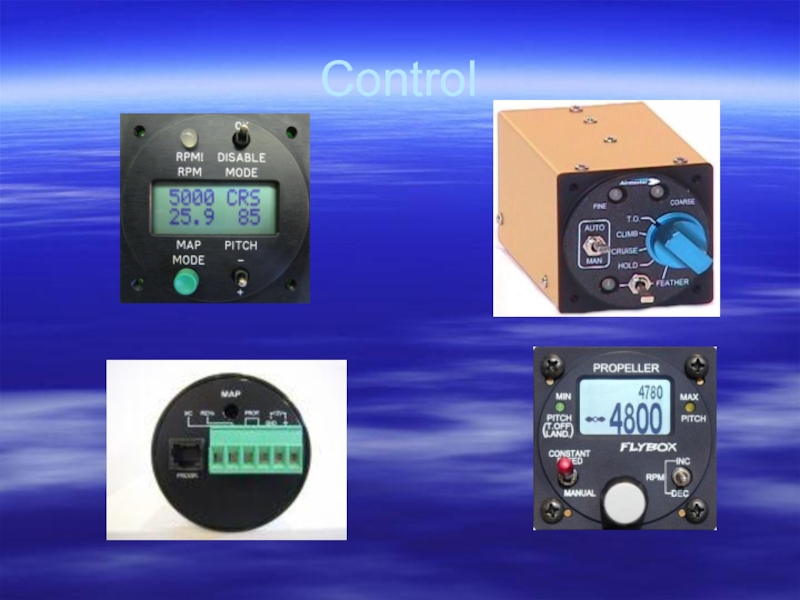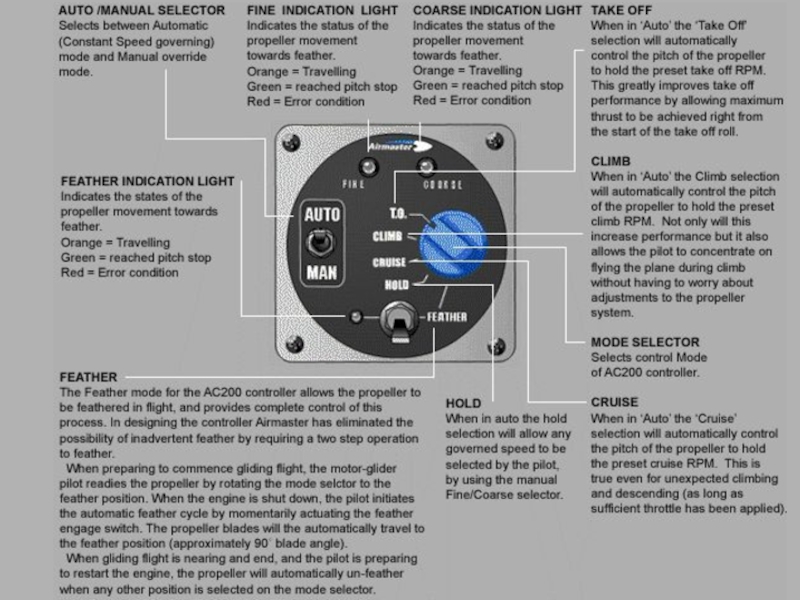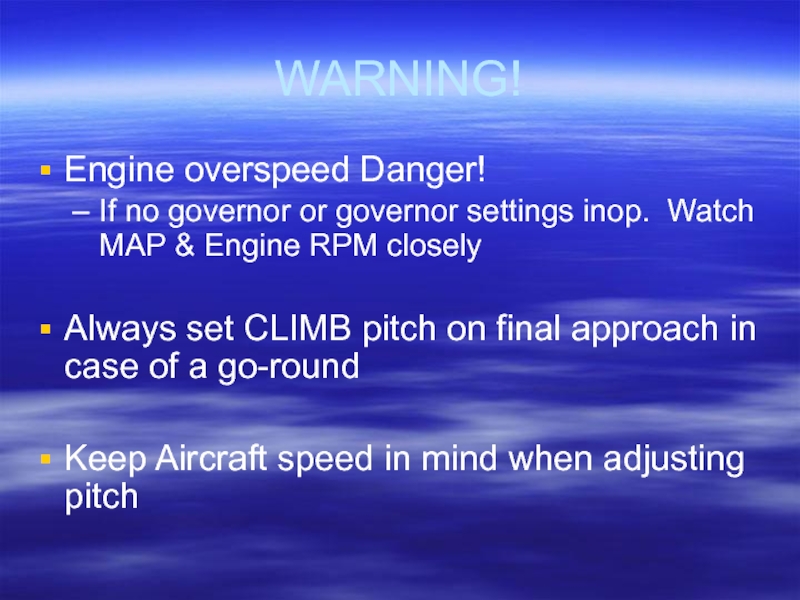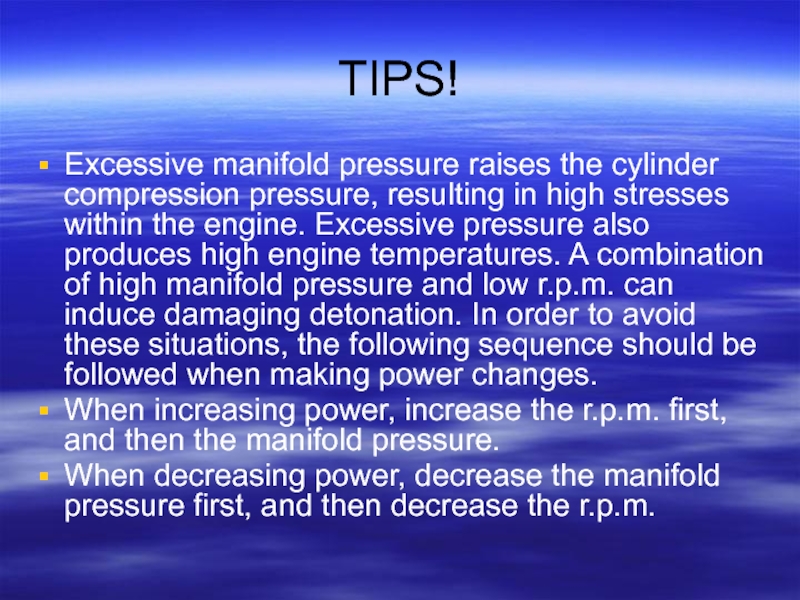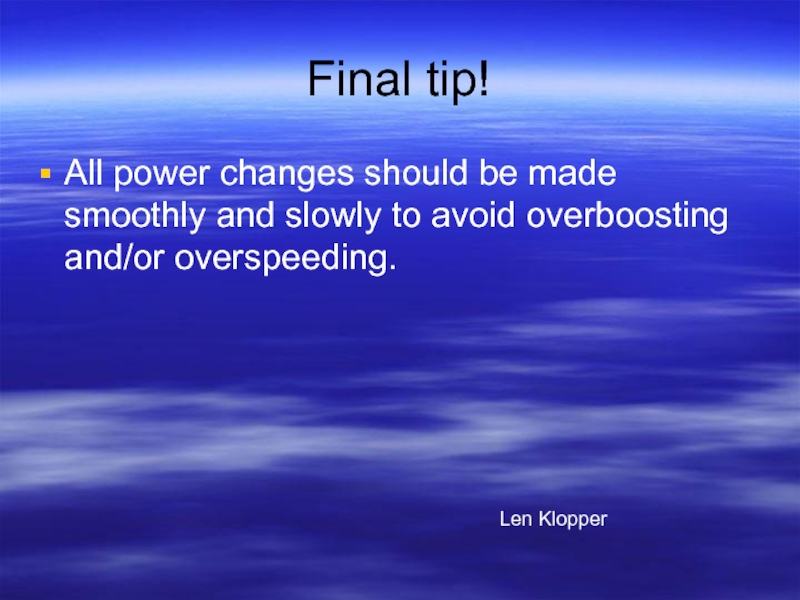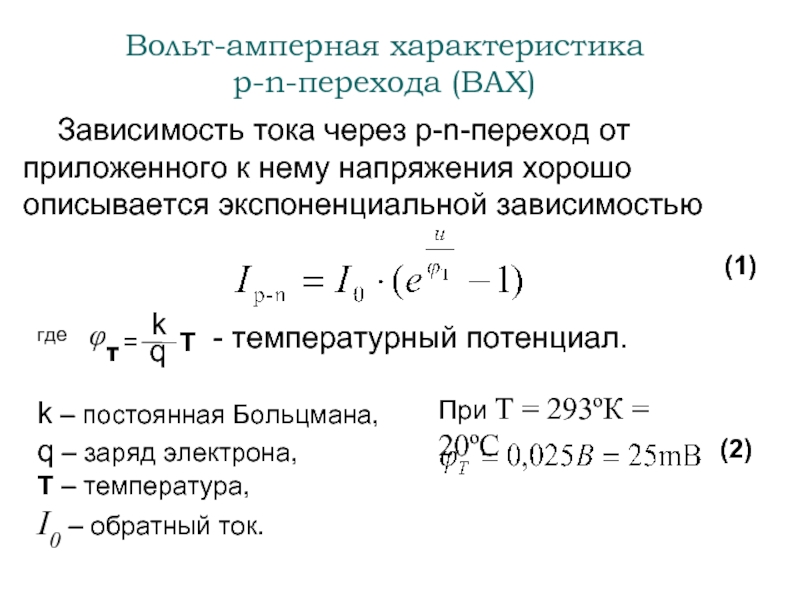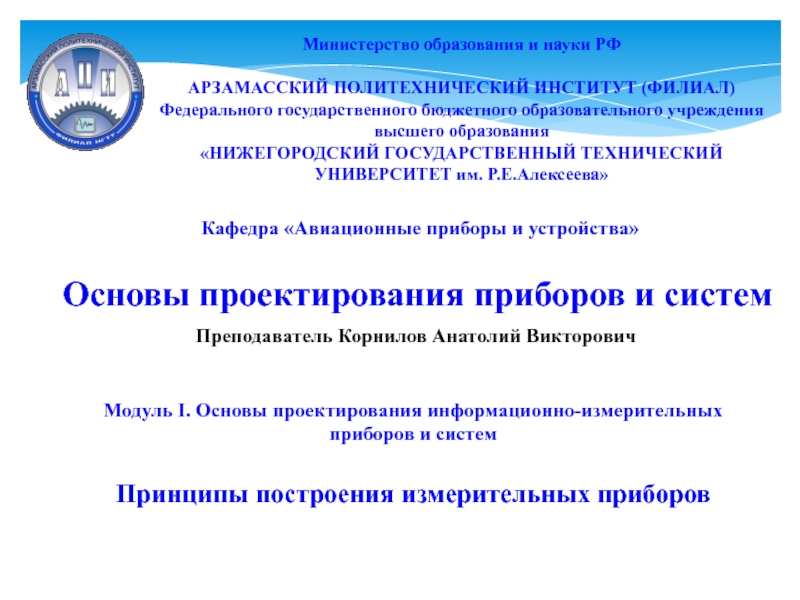- Главная
- Разное
- Дизайн
- Бизнес и предпринимательство
- Аналитика
- Образование
- Развлечения
- Красота и здоровье
- Финансы
- Государство
- Путешествия
- Спорт
- Недвижимость
- Армия
- Графика
- Культурология
- Еда и кулинария
- Лингвистика
- Английский язык
- Астрономия
- Алгебра
- Биология
- География
- Детские презентации
- Информатика
- История
- Литература
- Маркетинг
- Математика
- Медицина
- Менеджмент
- Музыка
- МХК
- Немецкий язык
- ОБЖ
- Обществознание
- Окружающий мир
- Педагогика
- Русский язык
- Технология
- Физика
- Философия
- Химия
- Шаблоны, картинки для презентаций
- Экология
- Экономика
- Юриспруденция
Variable Pitch. Constant Speed propellers Len Klopper презентация
Содержание
- 1. Variable Pitch. Constant Speed propellers Len Klopper
- 2. Not SAGPA approved The following is my
- 3. Variable Pitch Propellers Four common types of
- 4. History of Variable Pitch Propeller On 7
- 5. Variable Pitch // Constant Speed Propeller A variable
- 6. Basic Mechanism
- 7. Airspeed // Pitch
- 8. Control
- 10. WARNING! Engine overspeed Danger! If no governor
- 11. TIPS! Excessive manifold pressure raises the cylinder
- 12. Final tip! All power changes should be
Слайд 2Not SAGPA approved
The following is my attempt to assemble information from
all sources and to combine it into a useful document.
Please feel free to comment, change, fix, repudiate, teach by adding value to the document for everyone’s benefit.
Mail me to have the base document changed – lenk@ehr.co.za
Please feel free to comment, change, fix, repudiate, teach by adding value to the document for everyone’s benefit.
Mail me to have the base document changed – lenk@ehr.co.za
Слайд 3Variable Pitch Propellers
Four common types of propeller
Fixed pitch
Ground
adjustable
In flight adjustable
Constant speed
The last two are both examples of variable pitch propellers.
In flight adjustable
Constant speed
The last two are both examples of variable pitch propellers.
Слайд 4History of Variable Pitch Propeller
On 7 February 1922 Wallace Rupert Turnbull
patented the Variable Pitch Propeller. Considered one of the most important developments in the history of aviation, this mechanism allowed for change in blade pitch to suit flying conditions and airplane weight. When Turnbull was posthumously inducted into the Canadian Aviation Hall of Fame in 1977, his citation read: "The patient application of his aeronautical theses to a number of problems unique to flight, and more especially his invention of the successful variable pitch propeller, have been of outstanding benefit to aviation."
Слайд 5Variable Pitch // Constant Speed Propeller
A variable pitch propeller (VPP) or controllable
pitch propeller (CPP) is a special type of propeller with blades that can be rotated around their long axis to change their pitch – manual transmission in a car.
A constant speed propeller (CSP) is a type of propeller that can change its blade pitch automatically to take better advantage of the power supplied by an engine in much the same way that an automatic transmission in a car takes better advantage of its power source.
A constant speed propeller (CSP) is a type of propeller that can change its blade pitch automatically to take better advantage of the power supplied by an engine in much the same way that an automatic transmission in a car takes better advantage of its power source.
Слайд 10WARNING!
Engine overspeed Danger!
If no governor or governor settings inop. Watch MAP
& Engine RPM closely
Always set CLIMB pitch on final approach in case of a go-round
Keep Aircraft speed in mind when adjusting pitch
Always set CLIMB pitch on final approach in case of a go-round
Keep Aircraft speed in mind when adjusting pitch
Слайд 11TIPS!
Excessive manifold pressure raises the cylinder compression pressure, resulting in high
stresses within the engine. Excessive pressure also produces high engine temperatures. A combination of high manifold pressure and low r.p.m. can induce damaging detonation. In order to avoid these situations, the following sequence should be followed when making power changes.
When increasing power, increase the r.p.m. first, and then the manifold pressure.
When decreasing power, decrease the manifold pressure first, and then decrease the r.p.m.
When increasing power, increase the r.p.m. first, and then the manifold pressure.
When decreasing power, decrease the manifold pressure first, and then decrease the r.p.m.
Слайд 12Final tip!
All power changes should be made smoothly and slowly to
avoid overboosting and/or overspeeding.
Len Klopper
